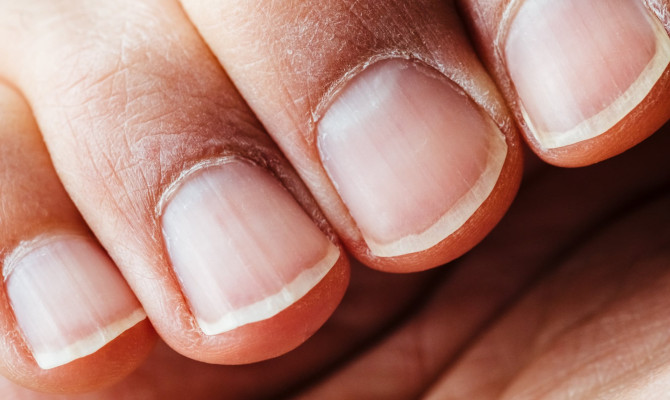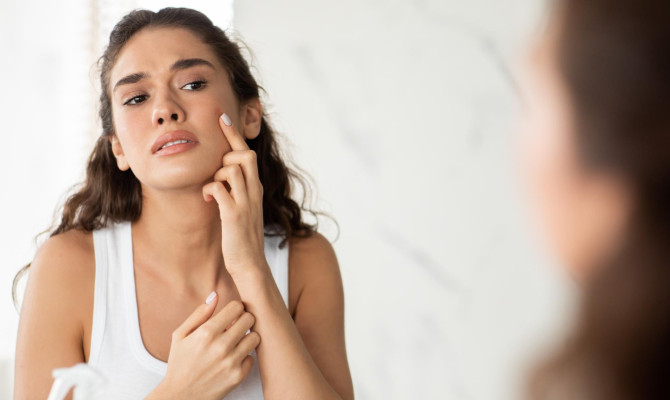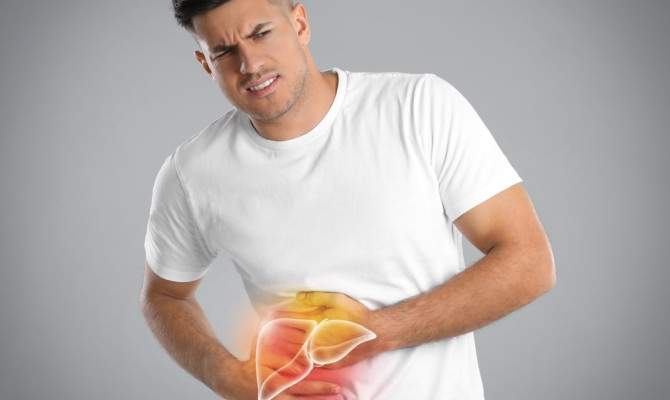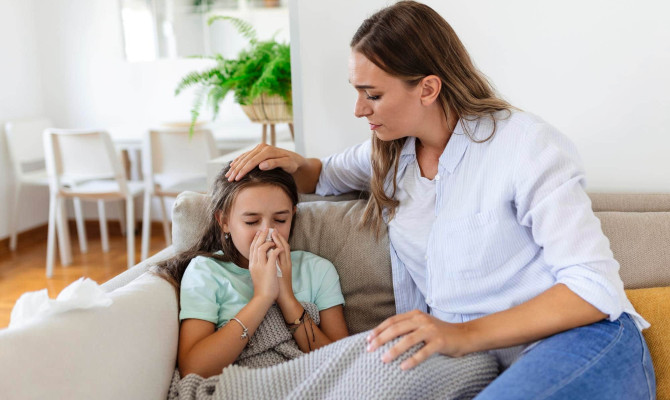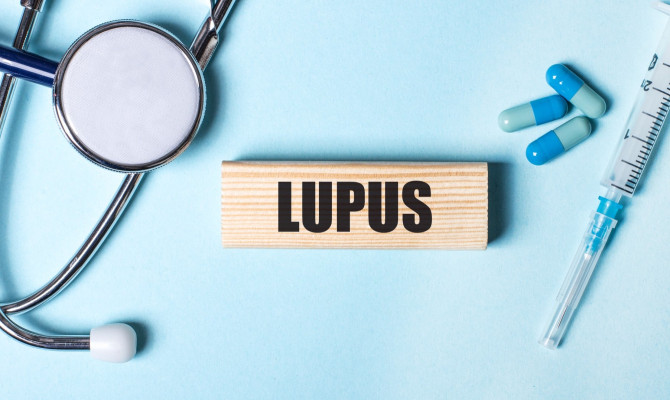Menstrual cramps : Types, Causes, and Treatment

- Menstrual Cramp
- 16 Aug 2023
Overview
What is a Menstrual cramp?
Menstrual cramps are lower abdominal pains radiating to the lower back, hips, or thighs. Women typically experience it during or right before their periods. People experience it differently, and occasionally the same person experiences it differently each period Some women might just find the discomfort frustrating, while others get period cramps that are so severe that they may be unable to function normally for a few days every month. This article describes the several types of menstruation pain and their causes, symptoms, treatment, and complications.

Key Facts
- Other names may include dysmenorrhea, menstrual pain, and period pain.
- The term dysmenorrhea is derived from an old Greek word that translates to difficult monthly flow.1Overview| Researched based study from Nlm.nih.gov
- Approximately 80% of women endure painful periods during the teenage years.
- Approximately 40% of those had severe menstrual cramps 1Overview| Researched based study from Nlm.nih.gov
Symptoms
Signs and symptoms of Menstrual cramps
Menstrual cramps in an individual may show the following symptoms:
- Headache
- Nausea
- Diarrhea
- Bloating
- Constipation
- Vomiting
- Indigestion
- Irritability
- Low back pain 2Symptoms| Researched based study from Nlm.nih.gov
- Tiredness
- Dizziness
Types
Types of Menstrual cramps
There are two types of menstrual cramps
Primary dysmenorrhea
- Commonly occurs in adolescent girls when they get their first period and lasts the rest of their lives.
- It is entirely normal and causes many women only minor monthly discomfort.
Secondary dysmenorrhea
- Begins after age 25, and it has an underlying medical reason.
- Adults who begin to have period pain should immediately see a doctor.3Types| Researched based study from Wome-health-concern.org
Causes
What causes Menstrual cramps or periods of pain?
Causes of primary dysmenorrhea
- Menstrual cramps often occur when the uterus tightens due to a prostaglandin chemical.4Causes| Researched based study from Clevelandclinic.org
- If the uterus contracts excessively, the blood supply to the muscle tissue may be reduced.
- A muscle feels pain when its oxygen supply is interrupted for a brief time.
- Some women experience more significant pain during their periods than others, possibly due to more muscular contractions due to a buildup of prostaglandins in their bodies.
Causes of secondary dysmenorrhea may include the following medical condition
- Endometriosis
- Adenomyosis
- Uterine fibroids
- Cervical stenosis
- Pelvic inflammatory disease (PID)
- Uterine polyps
- Intrauterine contraceptive devices 5Causes| Researched based study from Nlm.nih.gov
Endometriosis
- A condition where tissues similar to uterine lining forms outside the uterus in the ovaries, fallopian tubes, or pelvic tissues.6Causes| Researched based study from Who.int
Adenomyosis
- The uterine lining tissue intrudes on the uterus’s muscular walls.
Uterine fibroids
- Are structures grown inside, outside, or within the uterine walls.
Cervical stenosis
- Some women may have too narrow opening of the cervix that does not allow menstrual flow, which painfully increases uterine pressure.
Pelvic inflammatory disease
- Happens mainly due to sexually transmitted infections.
Uterine polyps
- An abnormal growth that extends from the uterine lining and takes up areas as small as possible or as big as the uterine cavity and contains glands, stroma, and blood vessels.
Intrauterine devices (IUD)
- Tiny contraceptive implants placed inside the uterus to prevent pregnancy.
Risk factors
What are the risk factors?
Things that could make someone more prone to experience menstrual cramps
- Hereditary factor – The risk is increased by having a mother who has experienced painful periods.
- Age – women under 30 are more impacted than older women.7Risk factors| Researched based study from Mayoclinic.org
- Early menarche – women with periods that begin before age 11.
- Smoking – increases the likelihood of having pain throughout their periods.
- Emotional Stress, anxiety, or depression – may significantly increase the chance of painful periods.5Risk factors| Researched based study from Nlm.nih.gov
- Drinking alcohol – especially during periods might make menstruation discomfort worse.5Risk factors| Researched based study from Nlm.nih.gov
- Obesity – women who are overweight may have period pain more frequently.
- Heavy bleeding – women with more severe and longer menstrual flow are said to experience more pain.
- Pregnancy problems – A woman is more likely to experience painful periods if she experiences pregnancy issues like loss or ectopic pregnancy.
Diagnosis
Diagnosis of Menstrual cramp
A physical examination, which includes a pelvic exam, will be done by the doctor after reviewing the patient’s medical record.
Pelvic exam
- Looks for abnormalities involving the reproductive organs.
- Looks for symptoms of infection.
Following that, he may recommend a few tests, for instance
- Ultrasound – uses sound waves with high frequencies to visualize the internal organs, such as the fallopian tubes, ovaries, uterus, and cervix.
- Magnetic resonance imaging (MRI) – creates precise images of the body’s organs and soft tissue structures using powerful magnets and radio waves.
- Laparoscopy – this procedure allows the doctor to examine the abdomen and pelvis, where they can frequently find abnormal growths.
- Hysteroscopy – is performed to inspect the uterus’ inside and cervical canal visually. It makes use of a viewing tool introduced into the vagina.8Diagnosis| Researched based study from Hopkinsmedicine.org
Treatment
Treatment of Menstrual cramps
The intensity of the problem, its etiology, the person’s tolerance to specific medicines and therapies, and personal preferences all influence treatment for menstrual cramps.
The following techniques could be used to treat period pain
Medicines to treat menstrual cramps
Typically, the first step in treating cramps during a period is:
- Prostaglandin-targeting medications – such as Ibuprofen and naproxen, are available over the counter and may be used to reduce the intensity of cramps and instantly relieve discomfort during menstruation.
- Prescription nonsteroidal anti-inflammatory medications – that suppress prostaglandins are also available.9Treatment| Researched based study from Nlm.nih.gov
- Other painkillers, such as acetaminophen, may also be administered.
- Birth control treatments, including hormones in the form of pills, injections, implants, patches, or vaginal rings, are administered to alleviate painful periods10Treatment| Researched based study from Acog.org
- Supplemental vitamins – include omega-3 fatty acids, vitamin E, vitamin B-6, thiamine, and magnesium may ease period cramps.6Treatment| Researched based study from Who.int
Surgical procedures for treating period cramps
The following procedures may be used to treat endometriosis or fibroids-related menstrual cramps surgically to alleviate their symptoms:
- Endometrial ablation – a technique to destroy the uterine lining. 11Treatment| Researched based study from Nlm.nih.gov
- Endometrial resection – a surgical operation to remove the uterine lining.8Treatment| Researched based study from Hopkinsmedicine.org
- Hysterectomy – a procedure that removes the uterus surgically if other treatment options are ineffective and a person does not want to become pregnant.
How to relieve bad Period cramps at home?
Following are some changes in lifestyle and home remedies that may relieve menstrual cramps:
- Get adequate sleep at nights.
- Regular physical activity, including sex, can help some women’s menstrual cramps.5Treatment| Researched based study from Who.int
- Consume more protein while reducing coffee and sugar intake.
- A warm shower or a hot bath may help to relieve the discomfort.
- Applying a heat patch or heating pad to the lower belly may relieve cramping.
- Make an effort to relieve the Stress.
- Try massaging the lower abdomen.
Menstrual cramps can be managed using alternative methods
Various complementary therapies may include:
- Yoga
- Acupuncture 5Treatment| Researched based study from Who.int
- Acupressure
- Exercises for breathing
- Transcutaneous electrical nerve stimulation, also known as TENS.12Treatment| Researched based study from Nlm.nih.gov
- Herbal medicine – comprising fennel, cinnamon, and other herbs in the form of tea made from herbs may provide some comfort from menstrual cramps13Treatment| Researched based study from Ircmj.com
Prevention
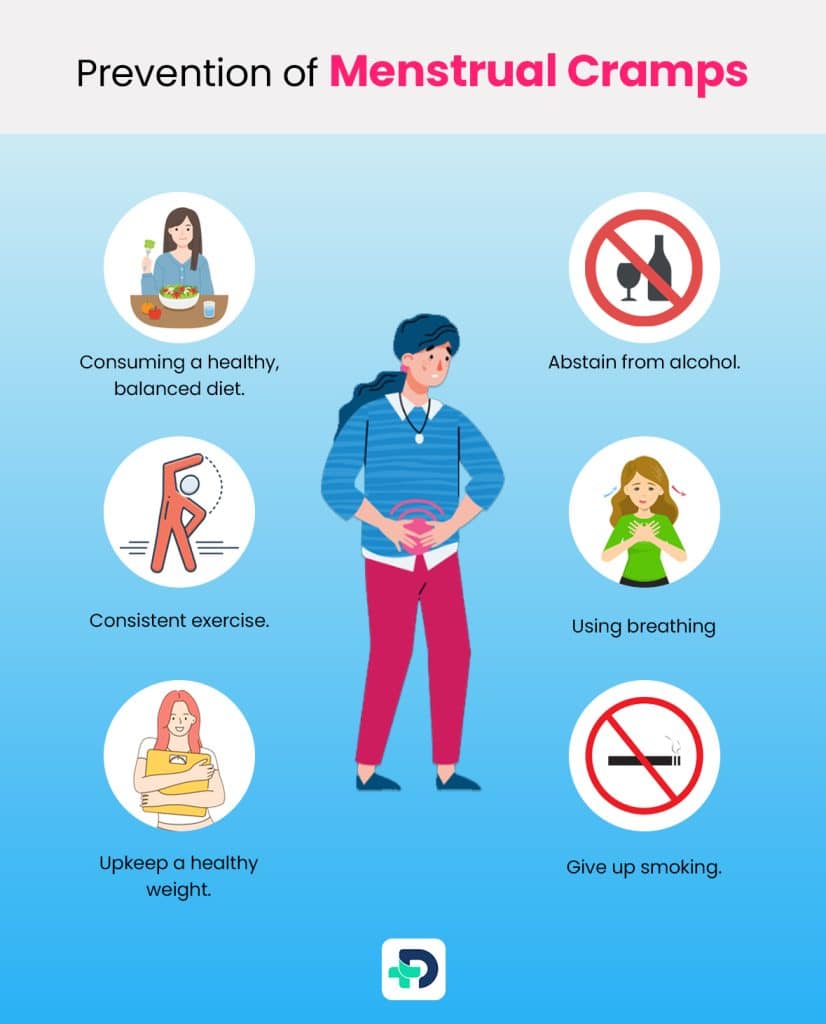
Prevention of Menstrual cramps
Menstrual cramps cannot be prevented, but by taking a few simple precautions, one can lessen their severity:
- Consuming a healthy, balanced diet.
- Consistent exercise.
- Upkeep a healthy weight.
- Give up smoking.
- Abstain from alcohol.
- Using breathing and mindfulness exercises.
Complications
Complications associated with Menstrual cramps
While menstrual cramps do not typically result in other medical issues, they can
- Interfere with social, professional, or academic activities.
- Significantly reduce the quality of life.
Menstrual cramps can be complicated by specific disorders, such as
- Fertility issues may result from endometriosis.
- The danger of an ectopic pregnancy is increased by the possibility that pelvic inflammatory illness will scar the fallopian tubes.14Complications| Researched based study from Nlm.nih.gov
- Periods could get heavier and last longer.
- Sexual intercourse can be painful.
Prognosis
Prognosis of Menstrual cramps
Cramping and pain associated with menstruation begin one to three days before, reach peak intensity 24 hours into the period, and then significantly reduce two to three days later. They do not persist beyond that. One should see a doctor if the pain persists for an extended duration, gets worse, or if the person is over 25 and only recently started to suffer period cramps. Primary dysmenorrhea may improve with age, especially after having a child. Other medical issues might cause menstrual pain, which does not improve with age or childbirth and needs to be evaluated by a doctor as quickly as possible.
Any feedback on this article?
 This Articles content was accurate
This Articles content was accurate Very Informative Article
Very Informative Article I have a question or a comment
I have a question or a comment
 This article contains inaccurate content
This article contains inaccurate content This article was not helpful
This article was not helpful I have a question or a comment
I have a question or a comment
We appreciate your helpful feedback!
Checkout our social pages
References
-
National Library of Medicine
A Study of Dysmenorrhea During Menstruation in Adolescent Girls | Overview
-
National Library of Medicine
Dysmenorrhea | Symptoms
-
WOMEN’S HEALTH CONCERN
Period pain | Types
-
Cleveland Clinic
Dysmenorrhea | Causes
-
National Library of Medicine
Diagnosis and management of dysmenorrhoea | Causes
-
World Health Organization
Endometriosis | Causes
-
Mayo Clinic
Menstrual cramps | Risk factors
-
Johns Hopkins Medicine
Dysmenorrhea | Diagnosis
-
National Library of Medicine
Nonsteroidal anti‐inflammatory drugs for dysmenorrhoea | Treatment
-
American College of Obstetricians and Gynecologists
Dysmenorrhea: Painful Periods | Treatment
-
National Library of Medicine
Endometrial resection and ablation techniques for heavy menstrual bleeding | Treatment
-
National Library of Medicine
Transcutaneous Electrical Nerve Stimulation (TENS) for Primary Dysmenorrhea: An Overview | Treatment
-
Iran Red Crescent Medical Journal
The Effect of Cinnamon on Menstrual Bleeding and Systemic Symptoms With Primary Dysmenorrhea | Treatment
-
National Library of Medicine
Association of pelvic inflammatory disease (PID) with ectopic pregnancy and preterm labor in Taiwan: A nationwide population-based retrospective cohort study | Complications













